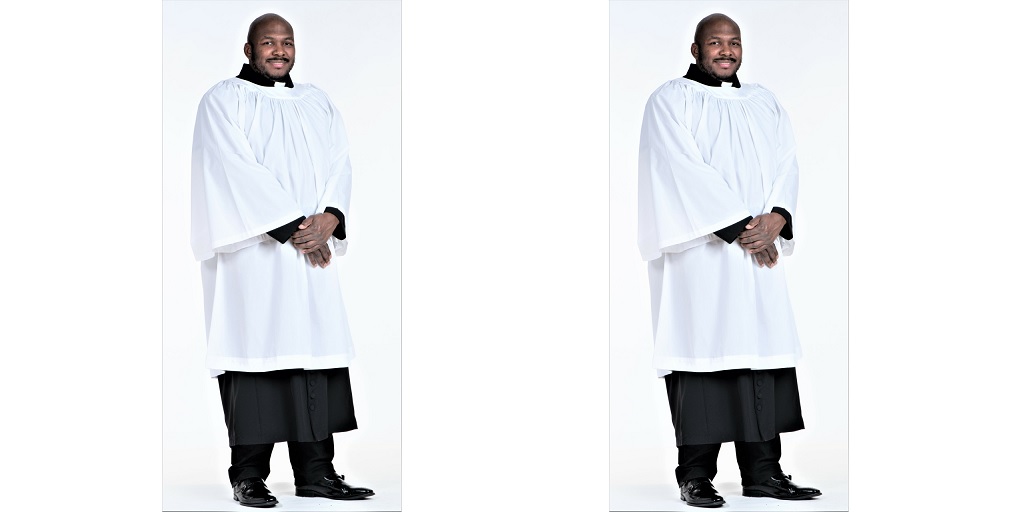
Ever seen a clergyman or someone participating in a church service wearing a knee-length white garment with wide sleeves?
What you were looking at was likely a surplice. Here’s what they are, how they’re used, and a little bit more.
What Is the Origin of the Surplice?
The name itself is believed to come from “superpelliceum” indicating that the garment is to be worn over (super) the wearer’s furs (pelliceum).
Early versions of this liturgical vestment (which may have originated in France or England) were longer and reached nearly to the ground. Today, it is a knee-length garment often made of white linen, cotton, or a blend, with wide sleeves. It is loose-fitting and may have a wide, square-yoked neck. Some are decorated with lace.
Today they are worn by certain members of sects of Western Christianity, namely Roman Catholics and Anglicans. There is no counterpart in Orthodox Christianity.
Why Are Surplices White?
Like so many other clerical garments, there is a potentially historical reason that surplices are white, if not almost always white (there have been some exceptions throughout history).
Where appropriate, the garment is believed to represent the “baptismal root of all ministry,” and the white color may symbolically indicate the purging of sin, and of purity.
What Is the Difference Between a Surplice, Cotta, and Alb?
The surplice and alb are very similar, related garments. In fact, the former is supposed to be a miniature form of the alb, a garment received at baptism. Both are made of white linen or cotton, loose-fitting, with long, white sleeves. The only difference is that the surplice reaches only to the wearer’s knees whereas the alb is a full-length garment that reaches to the ankles.
A Roman-style surplice may be referred to by some as a cotta, but in other situations, a cotta is simply a slightly longer version of what is effectively the same garment.
Who Wears a Surplice?
While only priests should wear a cassock and surplice, the latter only may be worn by choristers, altar servers, and other acolytes.
When Is It Appropriate to Wear a Surplice?
Anyone participating in Roman Catholic, Anglican, Lutheran (and some other Protestant) services, in function as an altar server, chorister, or acolyte, may wear a surplice.
Ordained priests may also wear them in conjunction with other vestments when officiating religious ceremonies, such as during Morning and Evening Prayer.
Why Do Some Cassocks Have 33 Buttons?
The surplice is often worn by priests over another garment, known as the cassock, a much heavier garment, often colored black or red. While surplices are buttonless, cassocks occasionally have 33 buttons, each of which represents one year in the life of Jesus.
Looking for High-Quality Surplices?
If you’re interested in purchasing a surplice for clerical duty, you can get high-quality options online at Divinity Clergy Wear.
In case you’d prefer to shop in person, they operate a showroom in Hamilton, New Jersey, about halfway between New York and Philadelphia, and relatively accessible from either point.
Visit their website (DivinityClergyWear.com) for more information or to get in touch with them at 609-838-7154 for more information.

